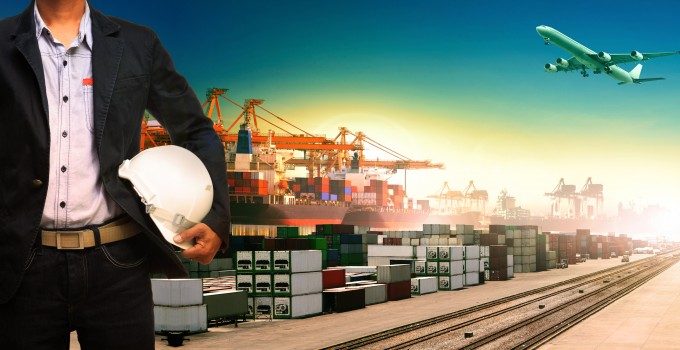MSC revises Mediterranean-US east coast transatlantic network
As the separation of its 2M vessel-sharing agreement (VSA) with Maersk continues to gather steam, ...

Port congestion has started to creep back onto the agenda when talking container terminals at supply chain conferences. With bigger ships significantly adding to the exchange of boxes per call, there is a growing requirement for seamless landside and transhipment operations.
Larger vessels are being blamed for bottlenecks at terminals, especially in North Europe, where the two biggest container ports, Rotterdam and Hamburg, have both experienced severe congestion in recent months.
And on the US west coast, container ports, supposedly ready to ...
MSC Elsa 3 sinking – now the 'blame game' begins
After DSV 'cuts the cake' on Schenker acquisition, time for redundancies?
Bad news for shippers as wave of transpacific rate increases continues
Houthis claim Red Sea safe for box ships not calling at port of Haifa
Shippers hold their breath as Trump appeals court ruling that tariffs are illegal
No deals with carriers, say Houthis – Red Sea safe for non Israel-affiliated ships
Schenker's Shirley Sharma Paterson moves to K+N as global head of sales

Comment on this article
Mukul Ghildiyal
August 04, 2014 at 3:19 pmWell, if the slots are not full and the ship does not steam at reduced speed , the freight rate would not hold.So where does the economy of scale ends being economical – there is no win win situation.Drip feeding from terminals has probably increased. Another reason for congestion.